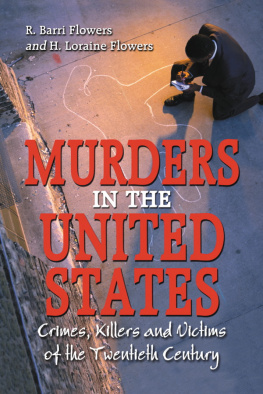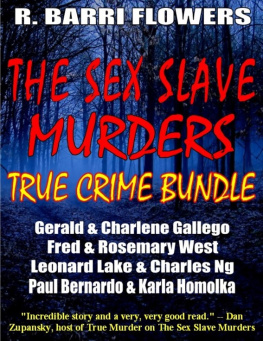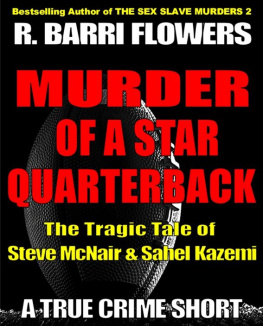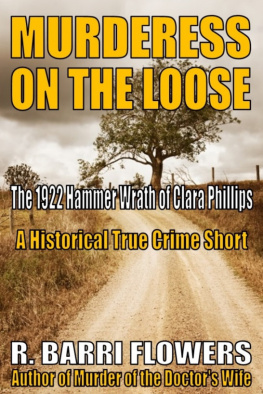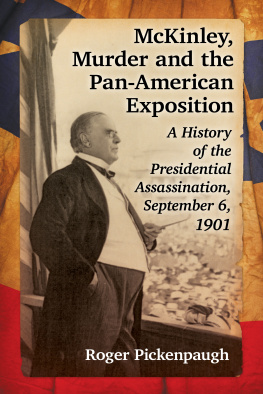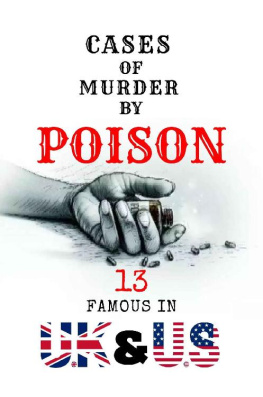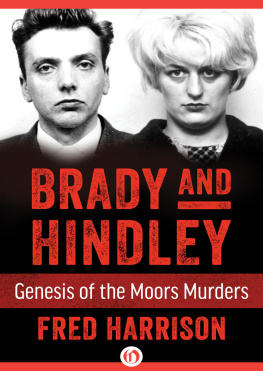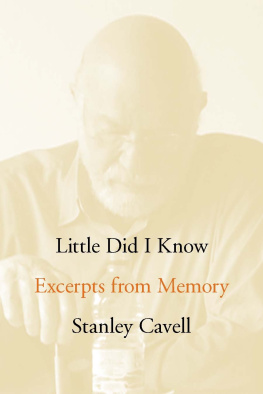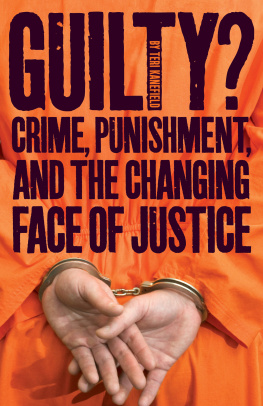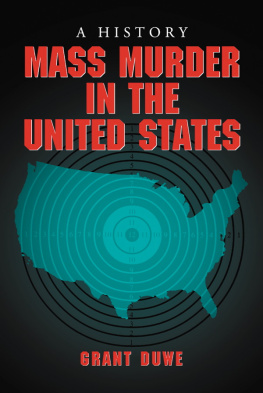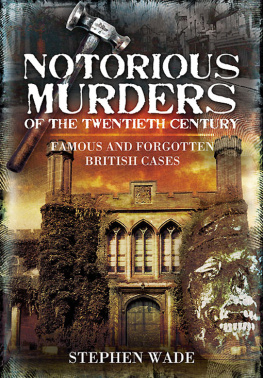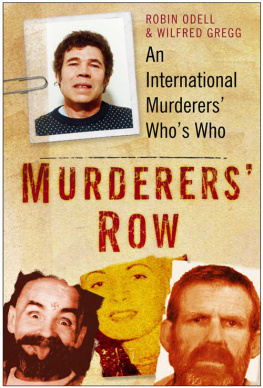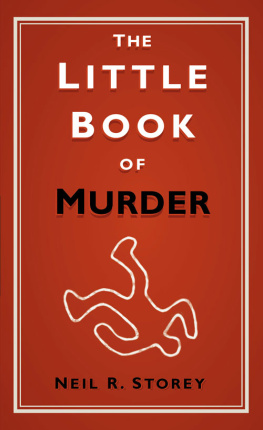ALSO BY R. BARRI FLOWERS
by R. BARRI FLOWERS and
H. LORAINE FLOWERS
To our families, friends and colleagues.
And to the victims
of homicide in the
twentieth century
and their memories.
Preface
According to recent FBI figures, the number of murders being committed in the United States is on the decline. This is good news in this opening decade of the twenty-first century. Indeed, with recent crime legislation, stiffer penalties for offenders, and more law enforcement personnel on the streets, most forms of violence appear to be lessening in their incidence and impact on society. Unfortunately there are still thousands of people murdered each year in this countrywith the killers ranging from spouses or lovers, to children and young adults, to serial killers and mass murderers or organized crime killers, to hate crime killers and sexually related or politically motivated murderers, to gangland killers, to insane and random murderers. What this tells us is that society is heterogeneous when it comes to murder. It also tells us that history is our best teacher in recording and understanding the whens, whys, motives, methods, and madness in this decisive type of violence and how we might reduce it further, if not prevent it altogether for future generations.
Murders in the United States takes a unique look at the crime of murder from 1900 to 1999 in America, providing a summary of events, killers, and victims. It will include homicides that were headliners, heinous, shocking, familial, serial, sexual, singular, mass, unbelievable, or otherwise unforgettable or of historical significance or interest as part of our countrys shameful past century. Amongst murders profiled are those driven by greed, jealousy, sex, love triangles, hatred, politics, profit, racism, vendettas, perversions, insanity, and other causes or motivations.
The book is divided into four parts. Part I recounts many of the more significant murder cases of the twentieth century. Part II focuses on those who committed the murders and is subdivided into men, women, and juvenile murderers; pair and group murderers; hate crime murderers; and the murderers who have perpetrated their crimes (such as mass shootings) in schools. Part III looks at notable victims of murder in twentieth century America.
A comprehensive reference section can be found at the end of the book for more detailed study of specific murder crimes, killers, and victims. Finally, an index is provided for easy navigation.
The book will be an up-to-date reference tool for researchers, writers, scholars, students, criminal justice professionals, laypersons, and others with an interest in the crime of murder and its participants in the twentieth century. It is suitable for academic study in undergraduate and graduate level disciplines including criminal justice, criminology, corrections, law, sociology, social science, psychology, psychiatry, violence studies, juvenile delinquency, sexual abuse, child abuse, and other homicide-related study.
Introduction
The specter of murder at the dawn of the 1900s may be most memorable for some shocking murders and murderers near the turn of the century. These were, in many respects, to set the tone for homicides that were to occur throughout the twentieth century. Perhaps the most unsettling crime of murder in the late nineteenth century occurred in Massachusetts on August 4, 1892, when banker Andrew Borden, 69, and his second wife, Abby, 64, were bludgeoned to death with an ax in their home. Suspected of the brutal slayings was Andrews youngest daughter, 32-year-old Lizzie Borden. She was put on trial and acquitted of the heinous crime of parricide, but suspicions of guilt and insanity dogged Borden until her death in 1927.
Another vicious ax and gun crime of murder occurred on May 26, 1896, in the Santa Clara Valley of California, when James C. Durham went berserk and killed four members of his family and two employees. The mass murderer used an ax, a .45 caliber pistol, and a .38 caliber revolver to kill his 25-year-old wife, Hattie, her mother and stepfather, brother, and the two hired helpers for the family. The only one spared was Durhams infant son. Speculation was that the murders were caused by parental interference in their lives and the resultant family friction. Durham escaped on his brother-in-laws horse. In spite of being hunted by a posse and reportedly spotted in various places over the years, he was never apprehended.
Other turn of the century murders in America to gain attention for their brutality, familial, or intimate nature, included one in Chicago in 1897 when Adolph Luetgert murdered his wife. The sausage maker dissolved her body with potash found at his factory. Teeth and bone fragments of the victim were discovered some weeks later. Luetgert was convicted of killing his wife and sentenced to life imprisonment.
One year later in 1898, San Franciscan Cordelia Botkinwho had been having an affair with a married man, John Dunningbecame jealous. She poisoned to death his wife and his sister-in-law by lacing chocolate bonbons with the poison, which the victims ate. Botkin was convicted of first-degree murder and given a life sentence in prison. Though insisting on her innocence, she spent the rest of her life behind bars.
In spite of the heinous nature of these killings, the latter part of the nineteenth century also produced one of Americas worst mass and serial murderers. Herman Webster Mudgett, also known as Harry Howard Holmes, was born in 1860 in New Hampshire. By the early 1890s, Mudgett had honed his skills as a swindler, cheating husband, and sexual murderer and moved to Chicago where he managed a boarding house referred to as Holmes Castle, Murder Castle, and Nightmare House. The names were apt in describing a death house where it is believed that Mudgett drugged, tortured, and murdered at least 27 guests, including an untold number who disappeared during the Worlds Fair in Chicago in 1893. He was finally apprehended after a vengeful minded insurance accomplice reported a murder plot. He was sentenced to death in November 1895 and executed on May 27, 1896.

